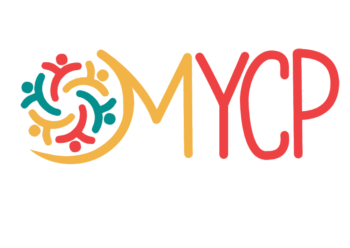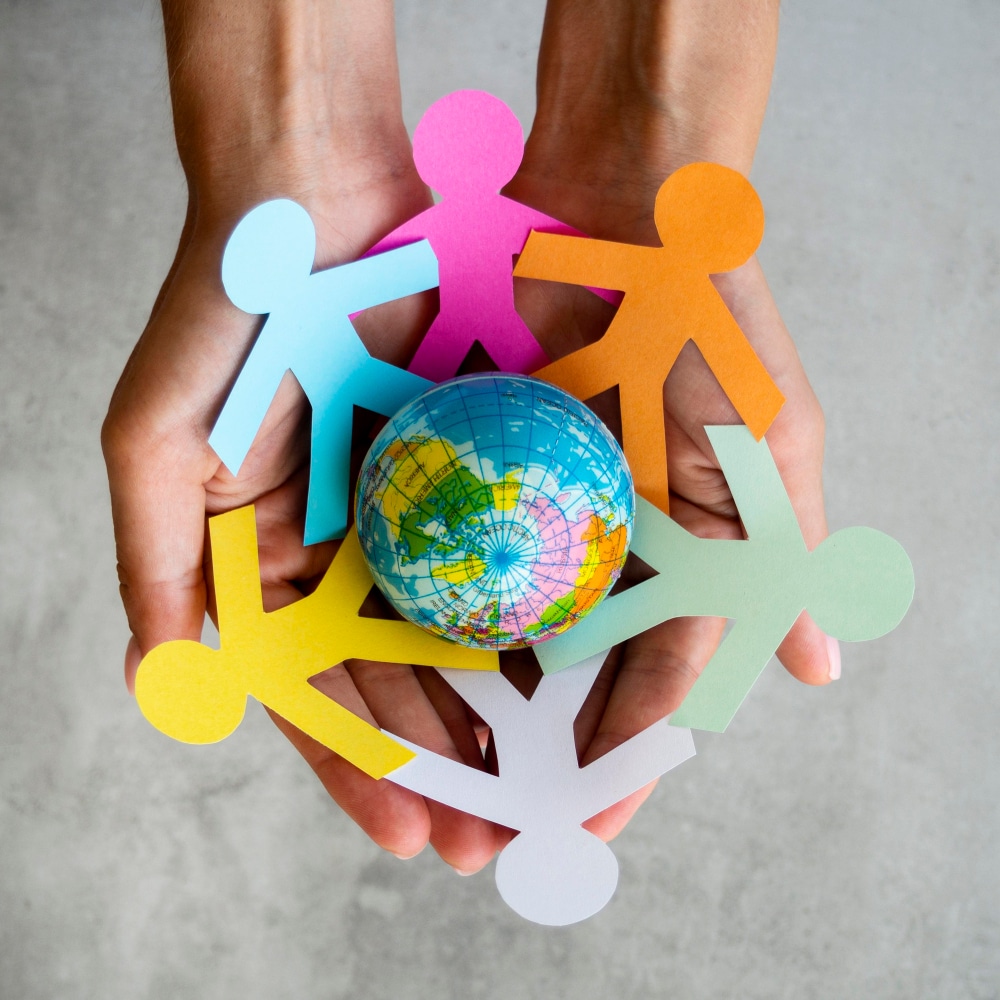Diversity, Equity and Inclusion for the Youth: Why it Matters
By: Wynona Nethercott, Co-Policy Manager, MYCP Policy Team
The values of diversity and inclusion are no longer just buzz-words for policy-makers, the public service and other governmental or non-governmental institutions. When these organisations truly embody such values, it not only ensures representation of the society they serve and limits groupthink, but also fosters public trust, equity, accessibility, transparency and impartiality.
The basics of diversity, equity and inclusion
Diversity is the acceptance of the unique differences between individuals. Such as our physical characteristics appearance, gender, sexuality, ethnicity, socio-economic status, religious beliefs and age.
Equity is considering each person’s circumstances, abilities and backgrounds, and modifying resources or opportunities so that their experience is equivalent to everyone else.
Inclusion is the creation of a culture where everyone is welcome, despite each person’s differences. It is the extent to which members of an organisation feel valued, respected and accepted.
Why it matters in policy-making
A diverse, equitable and inclusive organisation fairly understands what is important for its constituents or groups it serves. It takes into account not just one specific demographic within its constituency but all demographics, especially the most vulnerable (i.e. women, children and elderly) or those who are historically excluded in the policy-making process (i.e. migrants, ethnic minorities, Indigenous peoples and persons with disabilities).
Incorporating these values not only makes good business sense for public organisations, but also limits groupthink and ensures all perspectives from all groups are represented in the decision-making process.
At the macro-level this shifts policies and legislations away from a Western-centric or Global North context to equitably incorporating Eastern or Global South viewpoints. This shift requires a systemic change in mindset and practice, beyond verbal commitments and calls to action.
Why it Matters for the Youth?
The youth and children have been historically excluded in terms of being recognised and valued by decision-makers. In particular, the struggle to have their concerns seen to be just as important as other demographics. Typically, youth groups are included within consultation or discussion tables but are excluded when it comes to policy or program enactment.
It is important to recognise that youth and children are not a homogenous group themselves and diverse young people should have an equal seat at the decision-making table. Especially, when considering that decisions made today will have a greater impact on today’s youth and children in the future.
The benefit to organisations and constituents
The positive impact of a diverse, equitable and inclusive organisation includes better decision-making, driven by having various perspectives from different groups that highlight the problems, barriers and challenges that are unique to those groups. As well as greater employee satisfaction, organisation resiliency, and better recruitment and retention rates.
Likewise, a diverse, equitable and inclusive organisation strengthens the relationship between the general public and these organisations, thereby, fostering public trust.
Opportunities to learn more
- Reflections on building more inclusive global governance: Ten insights into emerging practice
- Equality Diversity and Inclusion toolkit
- Inclusion and Diversity by the Directorate for Public Governance of OECD
- Intentional Equity, Diversity, and Inclusion Decision-Making Guide
- Tips for new government leaders: Unlocking diversity and inclusion


